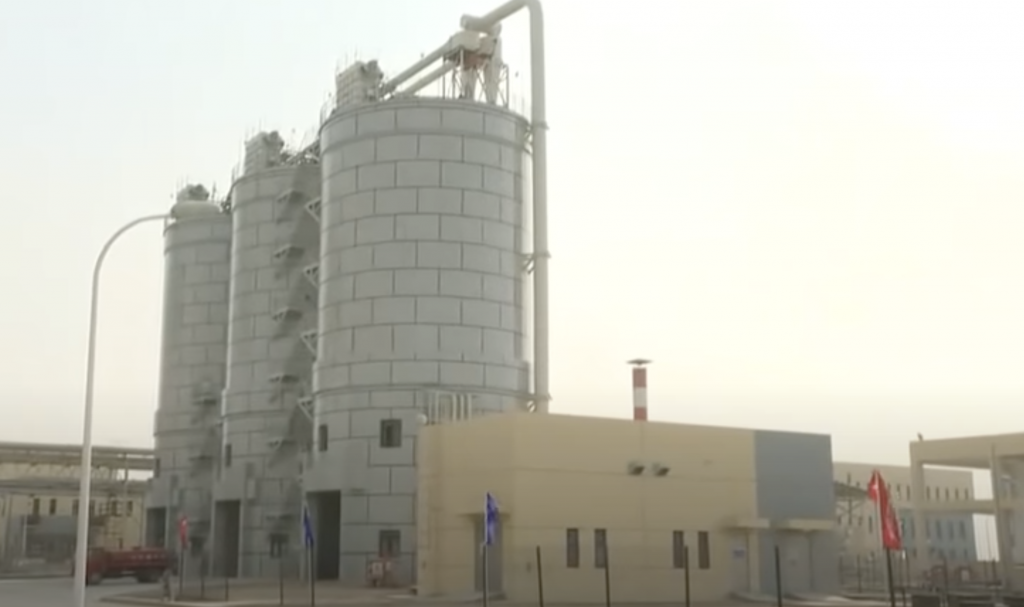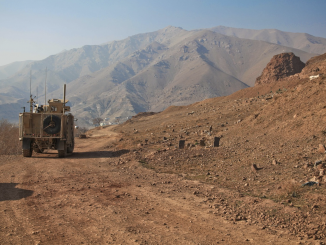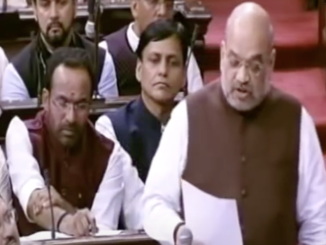
No state can overlook actions of other states undermining its national security. Pakistan also developed nuclear weapons because of an existential threat from India. With this unavoidable correction of strategic equilibrium in South Asia, it is commendable how the scientific community of Pakistan, with the co-operation of the successive governments, utilized peaceful applications of nuclear energy for socio-economic benefits. Under IAEA safeguards, peaceful uses of nuclear technology in Pakistan have covered many success stories in distinct fields of agriculture, medicine and industry. The construction of 1100 MW Nuclear Power Plant (NPP) in Karachi is the manifestation of Pakistan’s commitment to pursue the peaceful uses of nuclear energy.
Pakistan’s efforts in utilizing nuclear technology remained outside the global mainstream due to politically motivated rhetoric and fabricated narratives. Pakistan is one of the 30 countries that have fully operational NPPs. It has mastered complete nuclear fuel cycle and is amongst the 10 countries in the world to have done so.
In 1956, Pakistan Atomic Energy Commission (PAEC) was established to oversee the peaceful uses of nuclear technology with the major aim to look for economic potential of nuclear technology in socio-economic development. Keeping this in mind that in the early ’70s, Canadian General Electric (CGE) constructed first-ever 135 Megawatts (MWs) NPP at KANUPP via a turnkey contract. Later, in 1976, Canada halted the supply fuel and other technological help to his NPP. On exigency basis, PAEC initiated and later continued fuel fabrication for KANUPP. Despite so many constraints, slowly and gradually, Pakistan developed nuclear plants at Chashma, the CHASNUPP-1, CHASNUPP-2, CHASHNUPP-3, and CHASHNUPP-4. Furthermore, Pakistan also building two NPPs known as K-2 and K-3 at Karachi, approved one at Chashma, and two at Muzaffargarh. In Dec 20, the fuel loading was started for newly built 1100 megawatt KANUPP Unit-2. By 2021, both K-2 and K-3 NPPs are scheduled to come online. Also, the contract for C-5 NPP (1100 MW) has been signed. Being energy starved country; this is part of Pakistan’s long-term plan to produce 40,000 Megawatts MWs of electricity using nuclear energy by the year 2050.
Presently, Pakistan is on the road to achieve eleven out of seventeen sustainable Development Goals (SDGs) adopted by UNGA by 2030. These include zero hunger and no poverty, areas of work in agriculture (Enhancing crop productivity, control of insects and pests, food preservation irradiation services, food safety and security), good health and wellbeing, quality education, clean water sanitation, affordable and clean energy; industrial innovation and infrastructure, climate action, life below water and on land and partnership for these goals. For instance, PAEC has contributed to the development of technology to reclaim saline lands to be used lucratively. Pakistan has also offered this technology and know-how to other states as well.
Likewise, nuclear technology has been best utilized in the field of medical science, especially for the diagnosis and treatment of cancer disease. In this regard, a total number of 18 cancer treatment centers have been developed by PAEC where nearly 0.7 million cancer patients have been treated by using radiation and various other nuclear techniques for treatments of the patients.
Pakistan has used its Centers of Excellence to promote and share best practices in nuclear security with the international community. Three affiliated institutes that are currently working in this domain are: the Pakistan Centre of Excellence for Nuclear Security (PCENS), the National Institute of Safety and Security (NISAS), and the Pakistan Institute of Engineering and Applied Sciences (PIEAS). While exploring Pakistan’s merits for nuclear safety and security, these institutes’ work efficiently in their own domains.
Additionally, PAEC has been collaborating with the international organizations which include collaboration with the IAEA, World Association of Nuclear Operations, CANDU Owners Group, World Nuclear Association, European Council for Nuclear Research (CERN), Synchrotron-Light for Experimental Science and Applications in the Middle East (SESAME), Abdus Salam Centre for Theoretical Physics and Third World Academy of Sciences, World Health Organization (WHO), International Rescue Committee (IRC) and Union for International Cancer Control (UICC). This shows Pakistan’s resolve and commitment in utilizing nuclear energy for peaceful purposes. Pakistan is also the first country in the region to gain associate membership of the European Organization for Nuclear Research (CERN). The main equipment that Pakistan produces for CERN includes magnet supports, hadronic forward collar shielding, sextupole magnets for SESAME H2020 Project (Thermal-Hydraulics Simulations and Experiments for the Safety Assessment of Metal Cooled Reactors).
Keeping in mind the prospects of peaceful use of nuclear energy, the IAEA, in 2018, initiated a four-year programme with Pakistan to closely coordinate with country’s key nuclear energy institutions on safe, reliable and sustainable operations of NPPs. In this regard, a food safety laboratory of the Nuclear Institute for Agriculture and Biology was established in Faisalabad. The institute uses nuclear and other modern techniques in agriculture and biology to address challenges for crop production and conservation.
It is also a known fact that NPPs emit a very low level of carbon emission which makes it an excellent source for producing clean energy. As Pakistan is a member of the Paris Treaty on Climate Change, and it is among the countries which are most affected by climate change, nuclear energy could provide a peaceful alternative to Pakistan growing energy demands. For instance till date, a collective of five operational NPPs of Pakistan avoided 52 million tons of greenhouse gas emissions.
There is a misperception that nuclear power is an expensive source of energy. According to Dr Imtiaz Ahmed, DG International Affairs, PAEC, presently, nuclear tariffs on Pakistan’s NPPs include; Rs 6.35/kWh for CHASNUPP-1, Rs. 10.54/kWh for CHASNUPP-2 Rs. 15.09/kWh for CHASNUPP-3 and Rs. 15.00/kWh for CHASNUPP-4 respectively. After debt services, tariff of C-2, C-3 and C-4 NPPs will reduce to tariffs of C-1 i.e. Rs 6.35/kWh. Hence, nuclear power is the most affordable source of energy. By utilizing civil nuclear technology alone, Pakistan has added $7.4 billion to its national treasury.
There have been media- and aggressor-state motivated misperceptions questioning Pakistan’s nuclear safety and security record. Dispelling the misconceptions, Pakistan, from the past 48 years, has been able to maintain an enviable safety record. Pakistan is also one of the Asian countries capable of sharing its nuclear knowledge with other states. The IAEA has, on more than one occasion, expressed satisfaction over Pakistan’s nuclear safety and security regime.
The country specific discrimination particularly against Pakistan’s peaceful nuclear programme in global nuclear mainstream appears to be politically motivated. It is high time for the international community to not opt for politically motivated agenda of criticizing nuclear Pakistan, rather, look at Pakistan’s impeccable nuclear safety and security record. Pakistan has the ability and capacity to achieve many milestones while assisting other countries in the quest for exploring peaceful uses of nuclear technology – if it is given open access to the global nuclear commerce through membership in the Nuclear Suppliers Group (NSG).
![]()




Be the first to comment